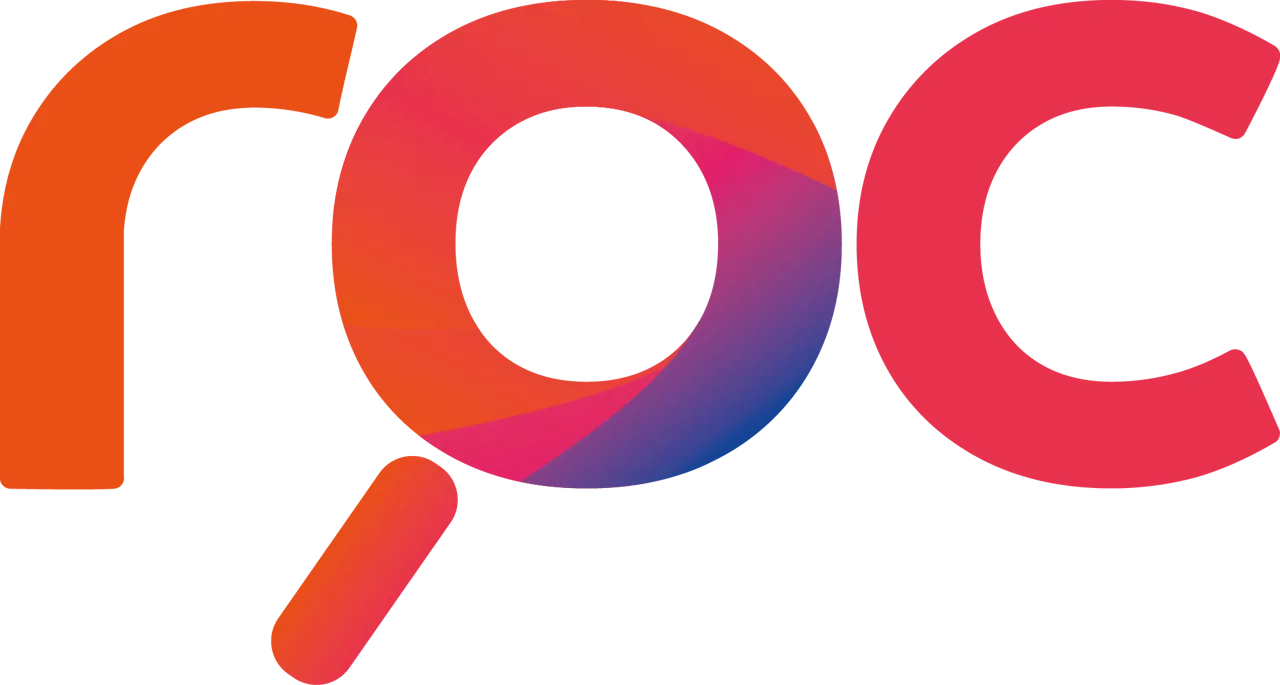Crypto cramming: Understanding the technology, philosophy and potential of digital currency
28 Aug, 202410 minutesAmidst all the hype (and sometimes even distrust) around cryptocurrency, it can be hard to c...

Amidst all the hype (and sometimes even distrust) around cryptocurrency, it can be hard to cut through the noise and grasp the basics. What is the technology and philosophy behind digital currency? What are the real-world applications? And is crypto finally becoming more accepted? We’ve got the answers.
What is the underlying technology?
Imagine crypto is a car and we’re taking a peek under its bonnet. Where the engine would be you see one major technology humming away: blockchain. This decentralised, distributed ledger (i.e. database) technology powers crypto transactions and serves as a record of transactions taking place in the digital currency. The name blockchain comes from its structure; transactions are recorded into time-stamped ‘blocks’ which are stored in a ‘chain’.
Traditional financial systems can be vulnerable to hacking and fraud. But because blockchain is decentralised, it makes crypto super-secure and resilient. For one thing, there’s no one central point of attack, like there is with a regular bank, which means it’s really hard for hackers to tamper with crypto. Transactions are also secured with advanced cryptographic encryption techniques. Basically, blockchain is absolutely central to the integrity and security of crypto transactions.
But what is crypto about?
The ethos behind crypto is really interesting, since it represents a major departure from traditional financial systems. It operates without the central regulating or issuing bodies that exist for regular banks and financial systems. In other words, no single entity or authority controls a cryptocurrency like Bitcoin. And users don’t need a bank or any other official third party to facilitate and verify transactions – because anyone can transact with anyone without oversight. What’s more, these transactions can be anonymous. You don’t need to know who a person is to transact with them, which is why crypto is often referred to as a ‘trustless’ system.
The trustless, decentralised nature of crypto makes some people nervous – not least traditional financial organisations. But those in favour argue that it promotes individual freedom and economic sovereignty. Crypto is touted as an antidote to “the corrupting influences of traditional fiat currency systems”.[i] With a traditional financial system, transactions can be hidden or manipulated. But the nature of blockchain means transactions cannot be altered or tampered with.
Okay, but what is it good for?
This is all very interesting, but what are the real-life applications of crypto? Obviously, the main application is in payments and money transfers. You can use cryptocurrency to pay for goods and services, or to send digital money to others. The ability to transfer money to anyone, anywhere in the world without the need for intermediaries (and their expensive fees) is an attractive prospect for many. Especially when it comes to micropayments. And these payments can be done in minutes, as opposed to days.
Stablecoins – cryptocurrencies that attempt to maintain a value peg to a fiat currency like the dollar or euro – may prove to be particularly transformative, since they offer the benefits of crypto, without the fluctuations in price (in theory, anyway).
Beyond payments and money transfers, there’s also a lot of crypto trading done for profit – with speculators buying crypto and driving prices up so they can sell at a profit (a bit like forex). In other words, crypto is an investment asset in its own right.
It’s also worth noting that the underlying blockchain technology has many potential applications beyond crypto. These are still unfolding, but in the future, we may see blockchain used to facilitate all sorts of regulated transactions (such as buying a house), to store official government records, to track goods in supply chains, and to enable any form of smart contract.
Will crypto go mainstream?
Although crypto has been around for years, most people haven’t really noticed any real-world impact. It’s hardly mainstream. But if you think about it, the internet was publicly available for a decade before it really started to take off. Crypto could potentially follow a similar trajectory, starting with enthusiastic adoption by a relative minority, followed by broader acceptance, followed by the complete transformation of business, society, and more.
This year we saw an interesting sign that crypto is becoming more accepted: in America, the Securities and Exchange Commission (SEC) approved the first spot Bitcoin and spot Ether ETFs (exchange-traded funds). In simple terms, a spot ETF is a financial instrument that holds cryptocurrency – in this case Bitcoin or Ether – and tracks the performance (i.e. price) of that currency. Bottom line, these ETFs give mainstream investors a regulated way to invest in crypto, without having to physically buy or sell crypto. Clearly, this will make crypto a whole lot more accessible to the masses. Could it be a major milestone in the history of crypto? Time will well.
Here at Roc Search, we specialise in technology and IT jobs - including Blockchain technology. So, if you’re looking for your next career leap, why not chat to our expert recruiters?
[i] Source: https://btcprague.com/the-philosophy-and-ethics-of-bitcoin/





